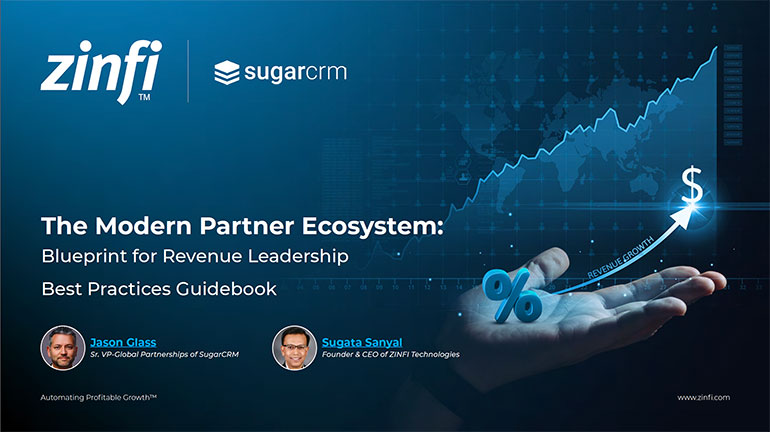Glossary - What is - Ecosystem Analytics
What is Ecosystem Analytics?
Ecosystem analytics refers to gathering, analyzing, and interpreting data from an entire business ecosystem to inform strategic decisions, optimize operations, and predict future trends. This ecosystem can include customers, partners, suppliers, and all interactions. By leveraging analytics, companies can gain insights into their ecosystem’s performance, health, and opportunities, enabling them to make data-driven decisions that enhance collaboration and drive growth.
Ecosystem analytics is particularly crucial in partner ecosystem management and partner management automation. It helps companies understand how effectively they manage their partner relationships, the impact of those relationships on sales and growth, and areas where improvements can be made. Automation tools play a crucial role by providing continuous, real-time data collection and analysis, essential for maintaining a dynamic and responsive ecosystem.
Key Takeaways
- Real-Time Performance Tracking: Ecosystem analytics allows companies to monitor the real-time performance of various ecosystem components, such as partner sales activities, customer engagement levels, and supply chain efficiency. This continuous monitoring helps identify issues promptly and adjust strategies accordingly.
- Predictive Insights and Forecasting: By analyzing trends within the ecosystem, companies can forecast future changes in the market and consumer behavior. Predictive analytics provide insights that help preempt market shifts, enabling proactive rather than reactive strategies. Read the article on Insights and Forecasting.
- Optimization of Marketing and Sales Strategies: Ecosystem analytics helps refine marketing and sales strategies by providing insights into the most effective strategies and tactics across different ecosystem segments. This optimization leads to better-targeted campaigns and higher ROI.
- Enhanced Partner and Customer Segmentation: Detailed data analysis allows for more precisely segmenting partners and customers based on their behaviors, preferences, and needs. This targeted approach improves personalization and satisfaction, fostering stronger relationships. Read the article.
- Improved Decision Making: With comprehensive insights provided by ecosystem analytics, decision-makers can make more informed choices regarding resource allocation, product development, and strategic partnerships, which are crucial for sustainable growth.
Summary of Takeaways
Ecosystem analytics is a powerful tool that gives businesses the insights needed to optimize their operations, predict market trends, and make informed strategic decisions. Through automated tools, companies can ensure they are capturing and analyzing data from all parts of their ecosystem, leading to improved performance and competitive advantage.
Key Examples
- Automotive Manufacturing: Analyzing dealer performance and customer feedback to improve product offerings and service models.
- Consumer Electronics: Tracking product life cycles and consumer trends to adjust marketing strategies and inventory management.
- Energy Production: Monitoring energy consumption patterns to optimize supply chain and distribution strategies.
- Financial Services: Assessing partner and customer interactions to enhance service offerings and customer satisfaction.
- Food and Beverage: Analyzing sales and supply chain data to manage seasonal fluctuations and promotional impacts.
- Healthcare Services: Evaluating patient care outcomes and partner contributions to optimize healthcare delivery.
- Information Technology: Tracking software adoption rates and partner performance metrics to guide product development.
- Pharmaceutical Development: Analyzing clinical trial data and market response to guide drug development and marketing strategies.
- Retail Industry: Assessing customer buying patterns and partner logistics to streamline operations and improve customer experience.
- Telecommunications: Monitoring network usage and partner service levels to enhance infrastructure planning and customer service.
Conclusion
Ecosystem analytics is indispensable for businesses that operate within complex networks of partners and customers. It enables a deeper understanding of internal and external dynamics, leading to better strategic decisions and enhanced operational efficiencies. With the help of automation, ecosystem analytics becomes even more powerful, providing businesses with the agility to adapt to and capitalize on fast-changing market conditions.
Associated Keywords:
- Business Ecosystem Analysis
- Partner Ecosystem Management
- Predictive Analytics in Business
- Real-Time Ecosystem Tracking
- Strategic Business Analytics















